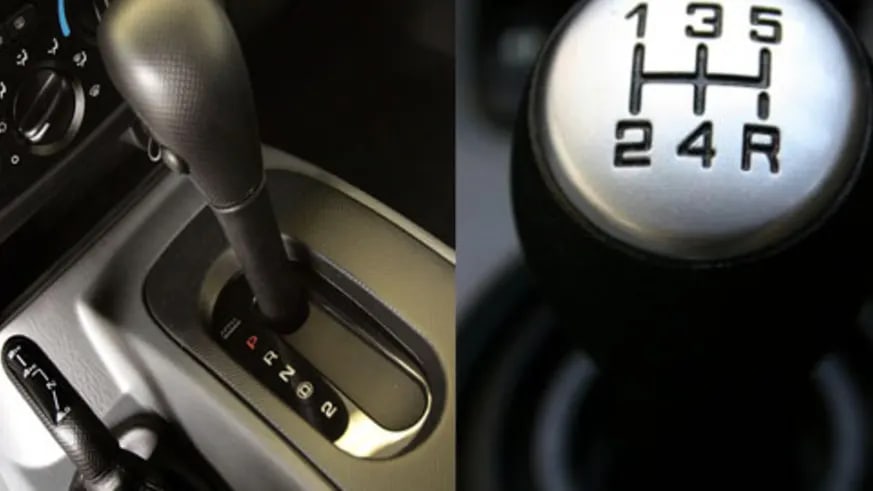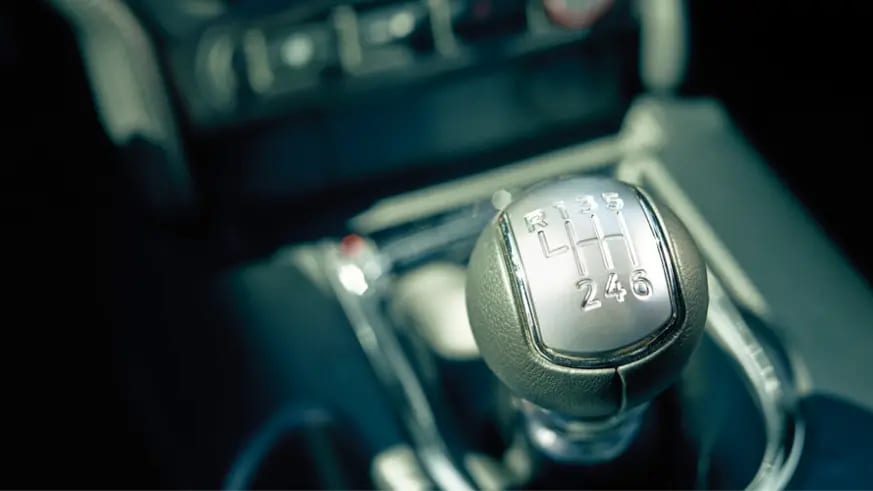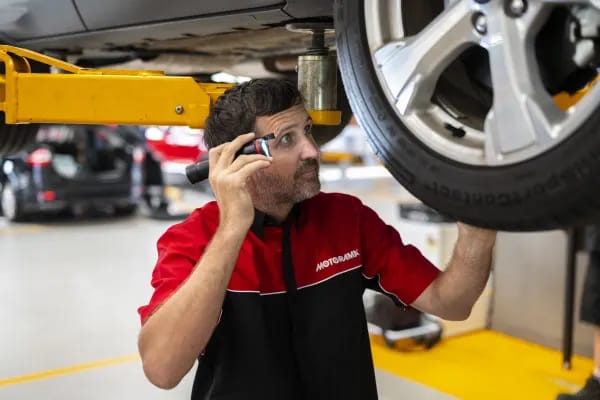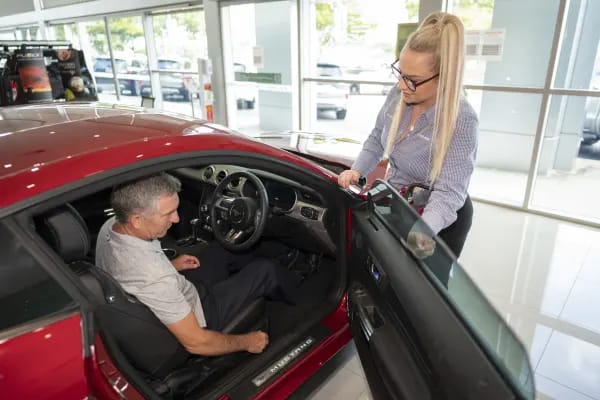
Auto v Manual for Open Roads or City Driving
Posted in Buyer Advice
Auto v Manual for Open Roads or City Driving
The number of people living in urban areas has significantly increased in the last fifty years, together with the number of cars in large cities.
As cars are getting more advanced, they come with different options for city driving that can make your driving experience more comfortable and less expensive.
Still, millions of city drivers across the globe have the same dilemma when they’re buying their urban car: automatic or manual transmission? There are reasonable arguments for both options. So, your choice will depend on your personal needs and preferences.

AUTOMATIC POPULARITY
Cars with automatic transmission used to be more popular in the USA and Australia than in Europe and other parts of the world.
However, this is changing as Europeans and Asians are opting for automatic cars more frequently.
For starters, they’re becoming more affordable than before as the decrease of production expenses and the advancement of technology has reduced their prices.
New generations of drivers are also keen on driving simplicity and will increasingly opt for automatic cars even in the parts of the world where they don’t have a long tradition.

AUTOMATIC FOR URBAN DRIVING
City driving includes a lot of start-and-stop situations, as well as intensive driving dynamics.
For driving beginners, an automatic car might be a better option in such an environment.
When you’re just starting out as an urban driver, you need to be extremely cautious about the driving conditions on the road. Therefore, both hands should be on your driving wheel at all times where possible.
Driving an automatic car in the city will allow you to focus on the traffic, rather than changing your gears.
Since the gear-shifting process is automated, driving automatic cars is much simpler. This is important for new drivers because they feel more comfortable driving such vehicles.
Also, bear in mind that in Australia and some other countries, driving licenses for automatic and manual cars are different. That’s why it’s important to choose between automatic and manual transmission beforehand.
What might be considered the biggest negative aspect of automatic cars in cities is fuel consumption. Due to their gearbox system and the driving conditions in the city, they usually have a higher fuel consumption rate than manual cars. The good news, however, is that engines and gearboxes are improving over time and for some models, these differences have become almost unnoticeable.
It’s recommended to inquire about a car's fuel consumption in urban driving conditions when you’re considering whether to buy an automatic or manual car.

AUTOMATIC ON THE OPEN ROAD
Once you hit the road outside the urban area, you’ll see all the comfort that automatic cars bring.
You feel less tired, especially during long drives, because you don’t have to constantly apply the clutch pedal to change gears during gear changes.
When you add a speed limiter to this calculation, you get one cozy and smooth drive. The fuel consumption rate of driving in more open conditions should be lower than when driving in urban surroundings too.
If you need to hit mountainous areas, you won’t feel the terrain difference in an automatic car.
Once you hit the open road, new cars give you a similar feeling, regardless of the transmission type. What might be the advantage of manual cars is the option to find a perfect balance between speed, fuel consumption and driving comfort. Drivers of manual cars know this moment when you realize that you should neither change the speed nor shift the gear because the engine, the driver, and the vehicles are in harmony.
Automatic drivers can reach that state, as well, but without their direct involvement.
.jpg)
MANUAL FOR VERSATILE DRIVING
When you compare the feel of driving automatic cars and manual cars, driving comfort and smoothness go to the automatic transmission.
So, why do Europeans and millions of drivers in other parts of the world mostly prefer manual cars?
First and foremost, people who want more driving autonomy will always opt for a manual car. The possibility to change gears gives you more control over car performance on the road.
As a result, you can achieve better control over the car's engine, which enables you to achieve better fuel consumption across all driving conditions.
Parking can be demanding for various types of drivers. Both automatic and manual cars have a reverse mode. The only difference is that the latter have more control over their move, thanks to the ability to use the clutch.
Still, most new cars come with driving sensors so this can reduce the risk of damaging your vehicle while parking it.
If you’re buying a car brand new, then new manual cars are typically less expensive, but you can always think about getting a car loan to help you cover the cost upfront and pay it off after.

MANUAL IN THE CITY
Driving your manual car in the city means multitasking all the time. Your right hand (left hand for Australian and UK drivers) and both your feet are constantly active. This can be confusing and even risky for new or insecure drivers.
However, a manual car in the city gives you a higher level of independence. If you need to lower the gear to get more momentum, you can do it at once in a manual car. This is an important safety feature for effective urban driving.
As for fuel consumption, it is usually lower for drivers of manual cars in the city.
CONCLUSION
Some drivers from urban areas get a smaller manual car for their daily errands in the city and a bigger automatic one for open-road trips.
There aren’t many people who can afford to buy two cars however, which is why you need to weigh up your options carefully before committing to your purchase. For beginners, an automatic car might be a better option. More experienced drivers who want more autonomy in their driving experience might prefer to get a manual car.
Of course, it would be great to try both types of cars in both contexts to see how they suit your driving habits.



